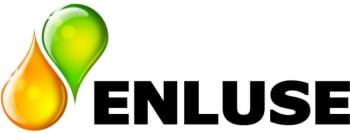ADR 8/9 class
ADR (Accord européen relatif au transport international des marchandises Dangereuses par Route) is the European Agreement concerning the International Carriage of Dangerous Goods by Road. It is a regulatory framework that establishes guidelines for the safe transport of hazardous materials or dangerous goods on roads within Europe.
Within the ADR classification system, hazardous materials are categorized into different classes based on their specific properties and risks. Classes 8 and 9 pertain to substances and articles that are considered hazardous but do not fall under the other ADR classes.
Class 8: Corrosive substances
Corrosive substances are materials that can cause severe damage or destruction to living tissues or materials they come into contact with. This class includes acids, bases, and other corrosive chemicals. They can pose risks such as chemical burns, corrosion of containers, or environmental damage if not handled properly.
Class 9: Miscellaneous dangerous substances and articles
Class 9 encompasses hazardous materials that do not fit into the other ADR classes. This category includes substances and articles that present a relatively low risk compared to those in the other classes. Some examples include environmentally hazardous substances, substances with a potential for harm in case of a fire, and substances that are transported at elevated temperatures.
For both Class 8 and Class 9, the ADR provides specific requirements and regulations for the packaging, labeling, handling, and transportation of these dangerous goods. These guidelines aim to ensure the safety of individuals involved in transportation, as well as the general public and the environment.
Transporting hazardous materials in Class 8 and Class 9 requires adherence to proper packaging standards, labeling and marking of containers, documentation, and compliance with vehicle and equipment requirements. It also involves following specific procedures for loading, unloading, and emergency response in case of accidents or spills.
It's important for those involved in the transport of hazardous materials to be well-informed and trained on the ADR regulations and requirements pertaining to Class 8 and Class 9 substances. This helps ensure the safe handling and transportation of these materials, mitigating the potential risks they may pose.
